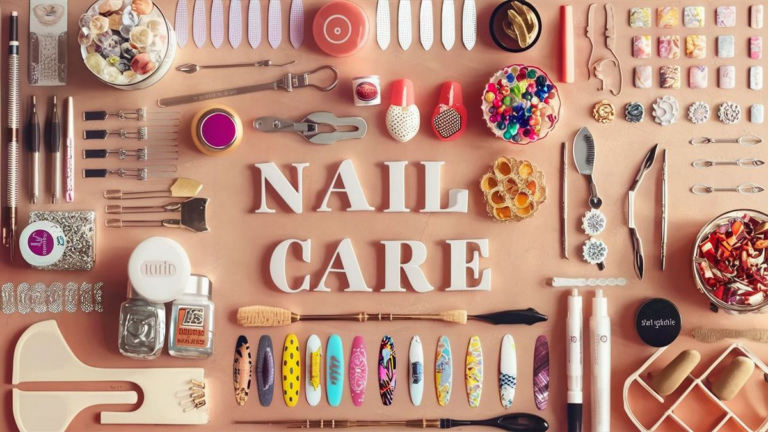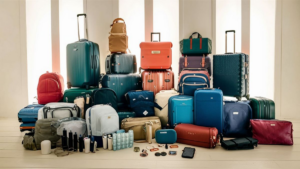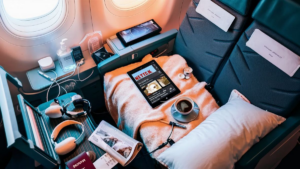Traveling by plane often involves a myriad of considerations, especially when it comes to what items are allowed in your carry-on luggage. Nail glue, a common accessory for nail care and beauty purposes, falls under this scrutiny. So, can you bring nail glue on a plane? Let’s delve into the regulations and guidelines to ensure a smooth and hassle-free travel experience.
Understanding Transportation Security Administration (TSA) Guidelines
When it comes to carrying nail glue on a plane, it’s essential to adhere to the guidelines set forth by the Transportation Security Administration (TSA). The TSA is responsible for ensuring the safety and security of all passengers and items aboard commercial flights within the United States.
Container Size
The TSA regulations primarily focus on the size of containers for liquids, gels, and aerosols in carry-on luggage. Nail glue typically comes in small containers, often less than 3.4 ounces (100 milliliters), which falls within the acceptable limit for carry-on items.
Packaging Requirements
Although nail glue is generally permitted in carry-on luggage, it’s crucial to package it properly to prevent any spills or leaks during transit. Ensure that the nail glue container is tightly sealed and placed in a clear, resealable plastic bag along with other liquids and gels as per TSA guidelines.
Additional Considerations
While nail glue is typically allowed in carry-on luggage, there are some additional considerations to keep in mind:
- Security Screening: Be prepared to remove the clear plastic bag containing nail glue during the security screening process. Place it in a separate bin along with other liquids and gels for inspection.
- Quantity Limits: Although there are no specific quantity limits for nail glue, it’s advisable to only carry the amount needed for your trip to avoid any potential issues during security screening.
- International Travel: If you’re traveling internationally, be sure to familiarize yourself with the security regulations of the country you’re visiting, as they may have different restrictions regarding nail glue and other carry-on items.
In conclusion, you can generally bring nail glue on a plane as part of your carry-on luggage, provided it adheres to TSA guidelines regarding container size and packaging. By following these regulations and considering additional factors, you can ensure a smooth and hassle-free travel experience with your nail care essentials.
Safety Tips for Using Nail Glue
While it’s important to know the regulations for bringing nail glue on a plane, it’s equally crucial to handle it safely, especially during travel. Here are some safety tips:
- Avoid Skin Contact: Nail glue can be irritating to the skin, so be cautious when applying it. Try to avoid direct contact with your skin, and if any spills occur, clean them up promptly.
- Store Properly: When not in use, store your nail glue in a cool, dry place away from direct sunlight and heat sources. This helps maintain its effectiveness and prevents it from drying out prematurely.
- Keep Away from Children: Nail glue should be kept out of reach of children to prevent accidental ingestion or misuse. Store it in a secure location where children cannot access it.
Frequently Asked Questions (FAQs)
Here are some common questions travelers may have regarding bringing nail glue on a plane:
| Question | Answer |
|---|---|
| Can I pack nail glue in my checked luggage? | Yes, you can typically pack nail glue in your checked luggage without any issues. However, it’s still a good idea to check with your airline or refer to TSA guidelines to ensure compliance. |
| What should I do if my nail glue spills during travel? | If nail glue spills during travel, clean it up immediately to prevent damage to your belongings or any safety hazards. Use a damp cloth to wipe away excess glue, and avoid getting it on fabrics or surfaces. |
| Is nail glue allowed on international flights? | The allowance for nail glue on international flights may vary depending on the destination country’s security regulations. It’s advisable to check with the relevant authorities or airline beforehand to avoid any issues. |
See also:






